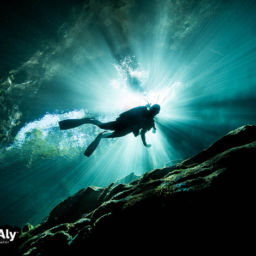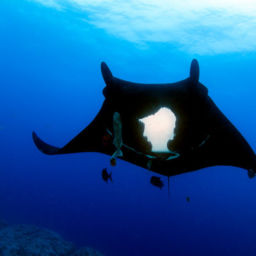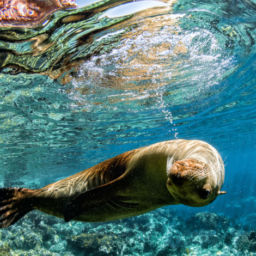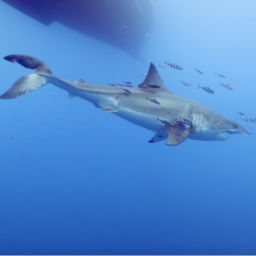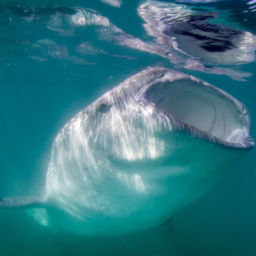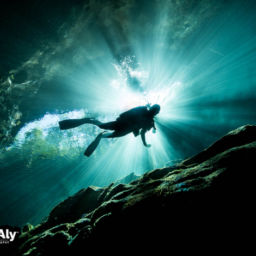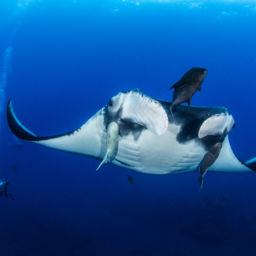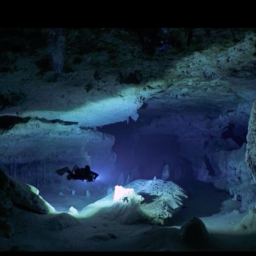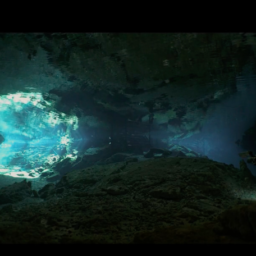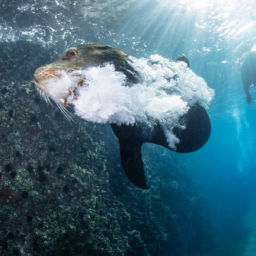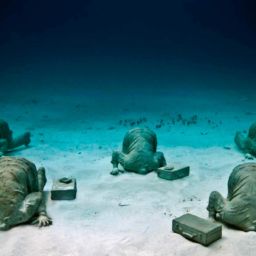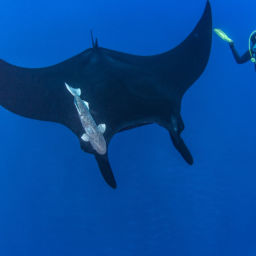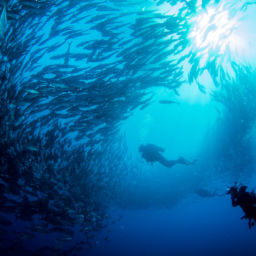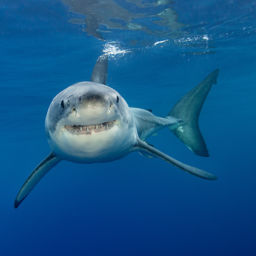According to the International Shark Attack File (ISAF) 2016 Worldwide Shark Attack Summary, there were two confirmed unprovoked shark attacks in South Carolina, three in North Carolina and 32 recorded bites in Florida. Proper beach-management means keeping swimmers and surfers away from areas with active chumming. Proper education means informing water users about sharks and their behavior. SharkSchool in Playa del Carmen, Mexico, addresses both.
SharkSchool in Playa del Carmen
Last year in New York City, approximately 12 people died from human bites — double the number of fatal shark bites. Sharks have survived five mass extinctions, but they may not survive humanity. We officially kill 150 million sharks each year, and it is likely that this number is a gross underestimate. Although most of these deaths are due to bycatch or the demand for shark fins as opposed to fear of sharks, media and movies have nonetheless vilified the entire species.
Founded by behavioral ecologist Dr. Erich Ritter in 1996, SharkSchool has locations around the world. The organization aims to both debunk some of these myths and educate attendees on shark behavior. They also lead dives with local sharks.
I was unsure what to expect on arrival for my own SharkSchool session in Playa del Carmen, other than a variety of lectures and bull-shark dives. After introductions, students immediately attended a lecture on bull sharks with working research scientist Pascal Gospodinov. As our group was half German and half English-speaking, he conducted the lectures in both languages. Our divemaster, Gustavo, conducted briefings in both languages as well. Our boats and gear came courtesy of Pro Dive International, which partners with SharkSchool in Playa.
Diving with bull sharks
Each morning began at 8am in the dive shop, where we met to prepare our gear for a two-tank boat dive. Nitrox is highly recommended, so if you’re not yet certified, arrive before your SharkSchool session starts and let ProDive train you in this specialty.
We spent most of our 40-minute dives at 60 to 75 feet (18 to 23 m) and there was quite a bit of current on several of our dives. SharkSchool attendees should be both generally comfortable in the water and have good buoyancy. Sharks will come quite close to divers, so it’s important to stay calm. Attendees during my session were lucky to see multiple sharks on all 10 of our dives.
After our morning dives, we attended a lecture each afternoon at either 1:30 pm or 4pm, swapping times so that everyone could enjoy the beach or a visit to Tulum.
What we learned
Each SharkSchool session focuses on local sharks that you’ll see so you can return multiple times in different locations for different lessons. You can volunteer with Sharkschool as well, helping PhD students with their research.
Although I was initially nervous to dive with bull sharks, the researchers and lecturers at SharkSchool worked hard to help divers understand more about these incredible creatures. They explained that behaviors that have been identified as aggressive actually occur when the shark feels threatened. SharkSchool lectures dispelled myths that sharks are thirsty for human blood or that they are interested in shiny objects.
We learned that sharks are, in fact, stewards of the ocean, eating carcasses and weak fish, keeping genetics in check among schools of fish. Spending a week with bull sharks in Mexico reminded me that we all belong here together. We must treat sharks with respect and use common sense. I cannot wait to pick my next SharkSchool experience.
By guest author Lisa Niver
Lisa Niver is a PADI Divemaster, travel expert, writer, artist, entrepreneur, and on-camera host who has explored 99 countries. Niver has nearly two million video views on YouTube, Amazon Fire TV and Roku. She founded We Said Go Travel.






